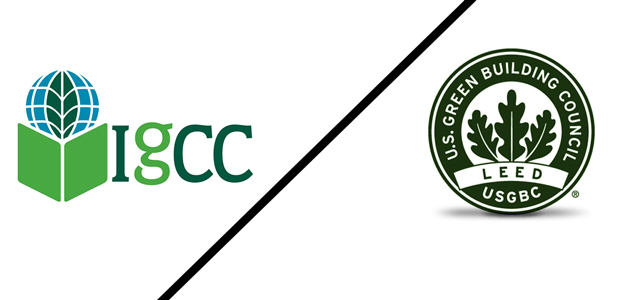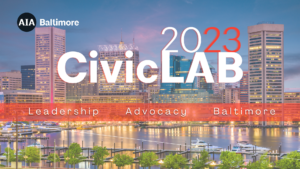
By Peter Doo, Doo Consulting, LLC
October 3, 2016 – At the end of October, the US Green Building Council retires LEED v2009 and the City of Baltimore does the same with the “Baltimore City Green Building Standards” (BCGBS). With these changes, complying with the International Green Construction Code (IgCC) may seem like a simpler path to follow than pursuing a LEED v4 certification. Before getting caught up in the question of IgCC vs. LEED v4, consider what is required of your project in meeting the baseline building codes, including the International Building Code (IBC) and the International Energy Conservation Code (IECC). You must meet these baseline code requirements before you consider any of the additional green building requirements. The City has adopted the 2015 versions of these documents. The IECC 2015 references ASHRAE 90.1 2013 for energy performance while LEED 2009 and LEED v4 reference ASHRAE 90.1 2007 and 2010 respectively. Currently, LEED energy prerequisites are met or exceeded simply by building to code. In assessing whether to pursue the IgCC vs LEED v4, consider the following.
The IgCC is an overlay to the building code. It outlines requirements in addition to the basic building code that make the building more efficient and, presumably, with a smaller environmental footprint. Examples of this are performance requirements for energy and water efficiency or material selections. The goals of the IgCC and LEED are the same. But, a key consideration of the IgCC is that it is a code and as such it is non-negotiable. If it is a code requirement, you must comply. One of the reasons the City adopted the IgCC is that it closed the loophole over covered and non-covered buildings under the green building law. Now, all non-residential building projects requiring a permit must comply. If you are doing a renovation or an addition, you must comply with the articles of the code related to your work.
The IgCC allows LEED compliance as an alternate compliance path. In Baltimore, if you chose to achieve LEED certification at the silver level, you have met the requirements of the IgCC even if your building is shy of IgCC performance requirements in certain areas. An example of where this might occur is in the selection of materials. One could achieve a LEED Silver certification without achieving any material credits such as recycled content, regionally sourced materials or materials meeting VOC limits or the new LEED v4 credits. Were this to occur, the certified project would be deemed to have met the requirements of the IgCC even without having met the minimum IgCC material requirements. Remember, LEED awards points based on the achievement of building performance across several different categories. Other than the prerequisites, selection of the LEED points to pursue is a project team’s choice. Certain types of projects may favor LEED over the IgCC in terms of ease of compliance.
If you have not registered your project with Green Business Certification Inc. (GBCI) prior to October 31, 2016, you will have to register and pursue a LEED v4 certification. This is more challenging than the previous version of LEED and will definitely figure into your decision of whether or not to select LEED as your IgCC compliance path. For some, LEED may be project requirement. The Baltimore version of the IgCC makes no reference to the version of LEED that is required so it seems that if you have registered your project under LEED version 2009 and you achieve a silver level certification, you have met the code requirement as much as if you achieve a silver certification under LEED v4.
The City’s implementation of the IgCC continues to evolve. Lessons are being learned and an update to the code will likely come next year.
Peter Doo is President of Doo Consulting LLC, a sustainability and green building consulting company. Doo Consulting provides IgCC and LEED services to the building industry. He may be contacted at peter@dooconsulting.net or 443-653-3792.

